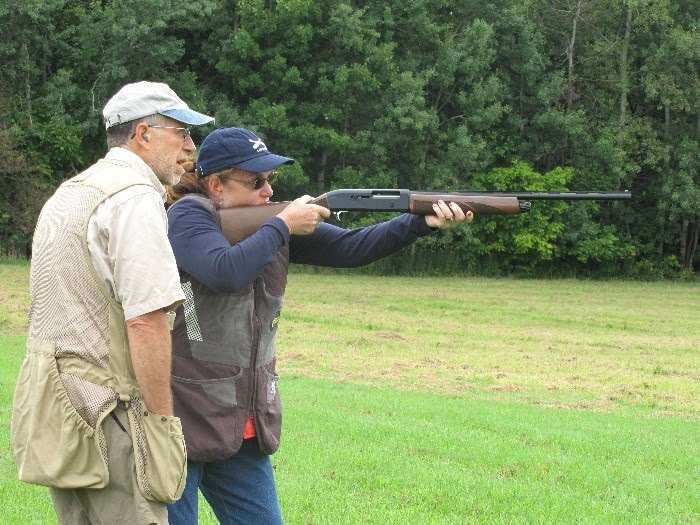Hunt Safe, Hunt Smart – Tree Stand Safety

With bow season underway in many parts of the state, we remind hunters to take precautions when hunting from a tree stand. Tree stand falls are becoming a major cause of hunting-related injuries and fatalities. Of the 12 incidents investigated by DEC law enforcement in 2017, 50 percent were fatal. All of the incidents involved a hunter who was not wearing a safety harness or the harness was not attached to the stand or tree at the time of their fall. The proper use of tree stands and full-body harnesses will help prevent these injuries and fatalities.
Remember to:
- Read the manufacturer’s instructions and warnings before using your stand, inspect it every season (including straps and chains), and replace any worn or missing parts.
- Use a full-body harness with a lifeline, and stay connected from the time you leave the ground to the time you get back down.
- Use a lifeline or safety rope that is secured at the base of the tree or stand and to the tree just above your head when sitting in the stand. Attach the tether from your full-body harness to the lifeline using a carabiner and prusik knot, which easily slides up and down the lifeline, keeping you connected at all times.
- Once you are safely in your stand and your tether is attached to the tree, raise your equipment into your stand. Always use a haul line, such as a strong rope, to raise and lower your unloaded gun or cocked crossbow or bow with quiver up the stand. Do not tie the haul line around the trigger or trigger guard on a firearm. Raise a firearm with the muzzle pointing down.
- Let a reliable person know where you will be hunting and when you will return. A map showing your stand location makes it easier for others to find you if you do not return on time.
- Carry emergency equipment, such as a knife, cell phone, flashlight and whistle in your pockets at all times (not in your pack hanging in the tree).
For more information, including the 2017 Hunting Safety Statistics and the 2017 Tree Stand Safety Statistics, visit the DEC website.
Attention Ruffed Grouse Hunters!
 Be mindful of the presence of state-endangered Spruce Grouse while hunting Ruffed Grouse in Wildlife Management Units 5C, 5F, 6F and 6J. Identify your target before you shoot!
Be mindful of the presence of state-endangered Spruce Grouse while hunting Ruffed Grouse in Wildlife Management Units 5C, 5F, 6F and 6J. Identify your target before you shoot!
DEC biologists have supplemented existing populations of Spruce Grouse in New York to increase genetic diversity and help aid in the recovery of the State’s population.
The Spruce Grouse is a state-endangered bird related to the Ruffed Grouse. Spruce Grouse tend to occur in forested evergreen wetlands, but may venture into deciduous forests, especially during the hunting season. Spruce Grouse are frequently seen along roadsides during the fall eating gravel. Spruce Grouse are similar in size to Ruffed Grouse, but have a slightly different appearance.

For more information, visit the spruce grouse page and ruffed grouse hunting page on DEC’s website.
Becoming an Outdoors-Woman Workshop a Success
The 2018 Becoming an Outdoors-Woman workshop, held September 7-9 in Cortland, NY, was a success! In its 25th year in New York, the BOW workshop brought together 125 women from 34 counties, as well as women from Pennsylvania, New Jersey, Massachusetts, Connecticut and Florida. Participants were able to choose four classes of the 51 offered, ranging from fishing, paddleboard yoga, hiking, and trailer handling, to rifle shooting and big game hunting. Our workshop fosters a safe environment for learning new outdoor skills, while promoting camaraderie with like-minded women.
Wildlife Management Units 5C, 5F, 6F and 6J. Identify your target before you shoot!
DEC biologists have supplemented existing populations of Spruce Grouse in New York to increase genetic diversity and help aid in the recovery of the State’s population.
The Spruce Grouse is a state-endangered bird related to the Ruffed Grouse. Spruce Grouse tend to occur in forested evergreen wetlands, but may venture into deciduous forests, especially during the hunting season. Spruce Grouse are frequently seen along roadsides during the fall eating gravel. Spruce Grouse are similar in size to Ruffed Grouse, but have a slightly different appearance.

For more information, visit the spruce grouse page and

